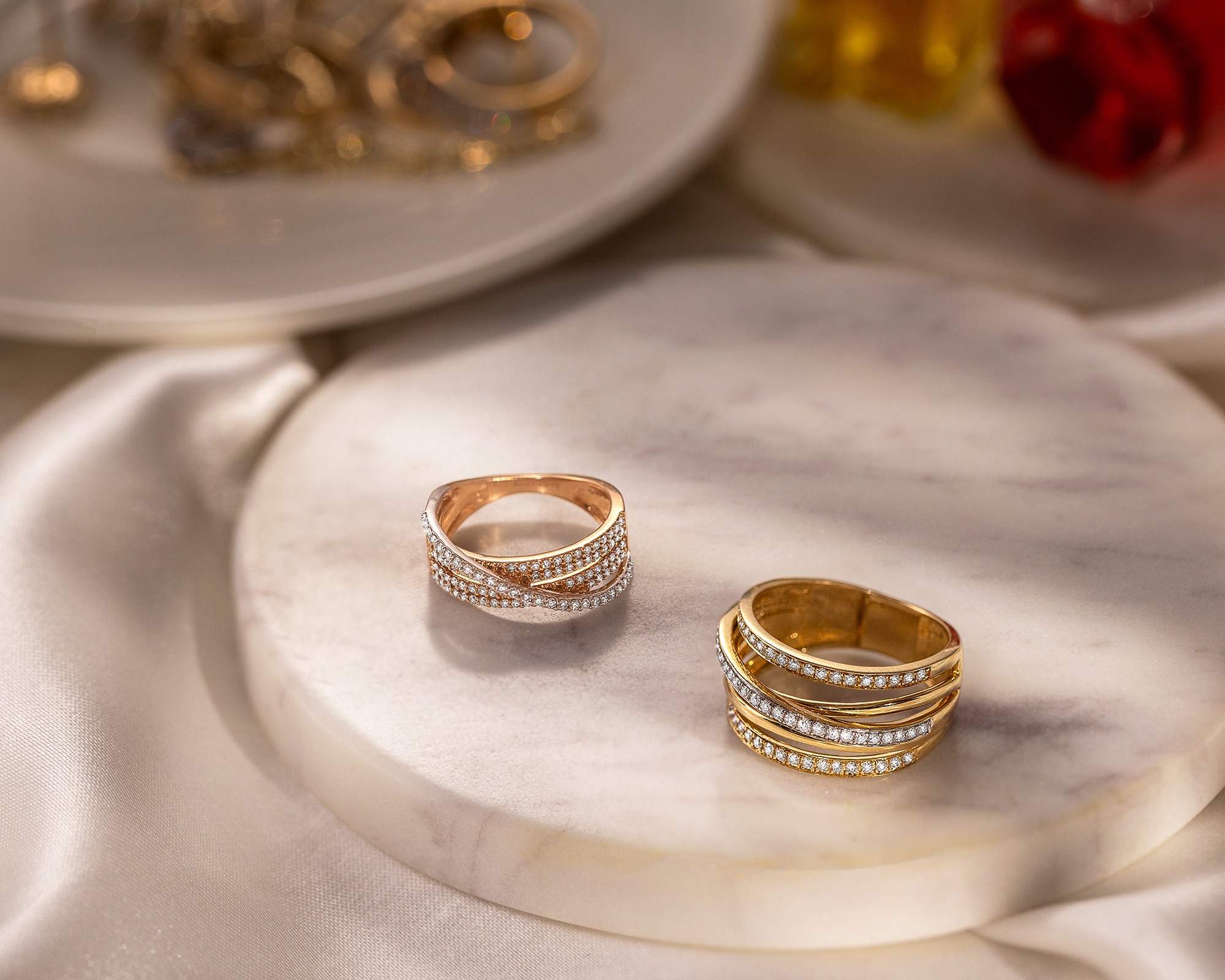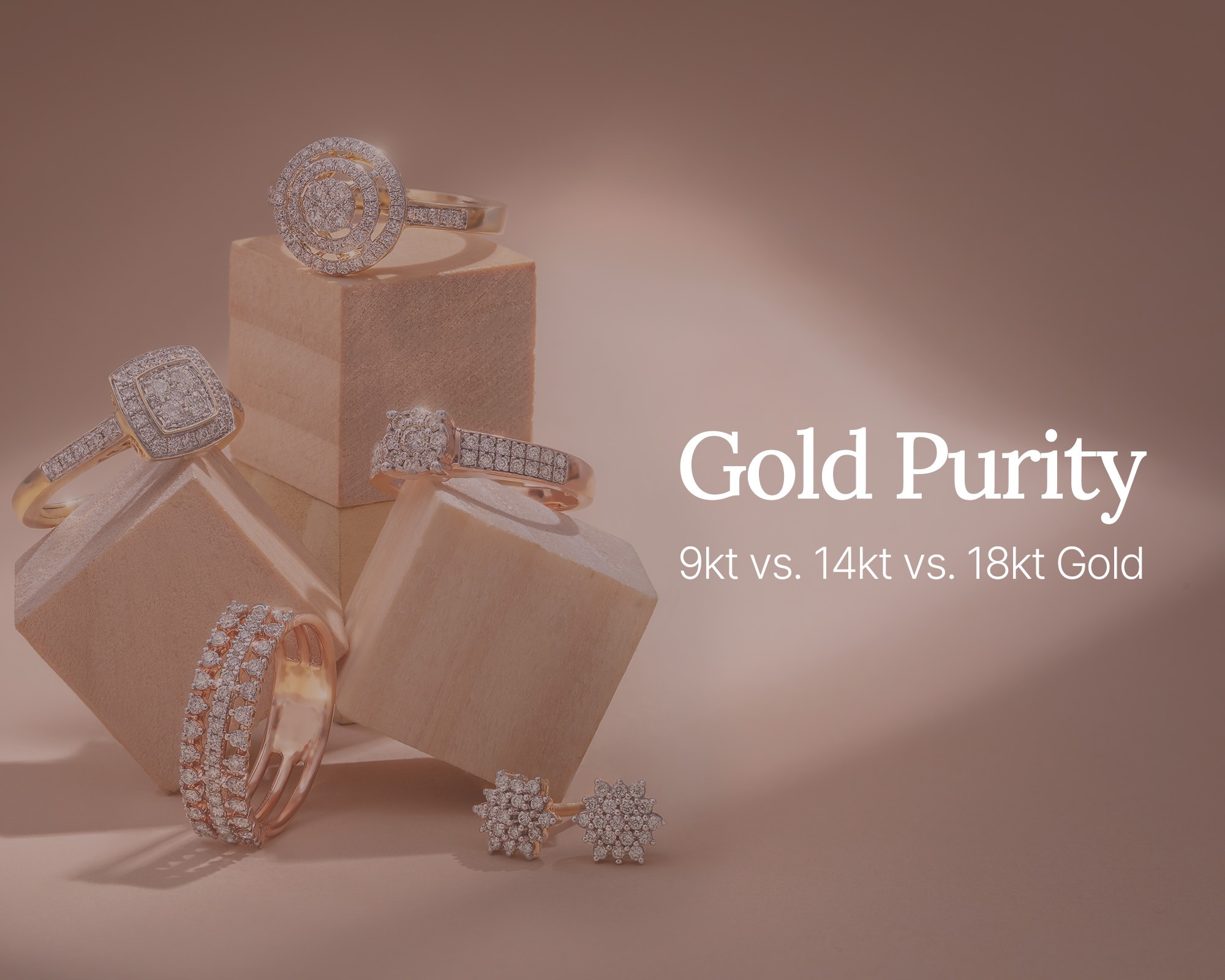In the rich tapestry of human culture, ear piercings have woven a colourful thread, trailing back thousands of years and cutting across countless societies and traditions. Despite their deep-rooted history and widespread acceptance, ear piercings are often shrouded in misconceptions and myths. Today, we aim to unravel these misconceptions, separating fact from fiction and shining a light on the true nature of ear piercings.

Misconception 1: Ear Piercings are Exclusively for Women
One of the most prevalent myths surrounding ear piercings is the notion that they are exclusively meant for women. This couldn’t be further from the truth. Ear piercings have been a part of male fashion and cultural practices for centuries.
In ancient times, men of various cultures adorned their ears with precious metals and stones to denote status and wealth.
In modern times, ear piercings in men have been embraced as a form of self-expression and style, transcending gender norms and societal expectations.
Iconic figures, from artists like Picasso to actors like Harrison Ford, have sported ear piercings, further debunking this age-old myth. Pieces like the Robby Diamond Ear Stud For Men and the Prem Diamond Hoop for Men are a few designs that dispel this misconception.
Don’t miss: Stylishly accessorize with Cluster earrings
Misconception 2: Ear Piercings are Extremely Painful
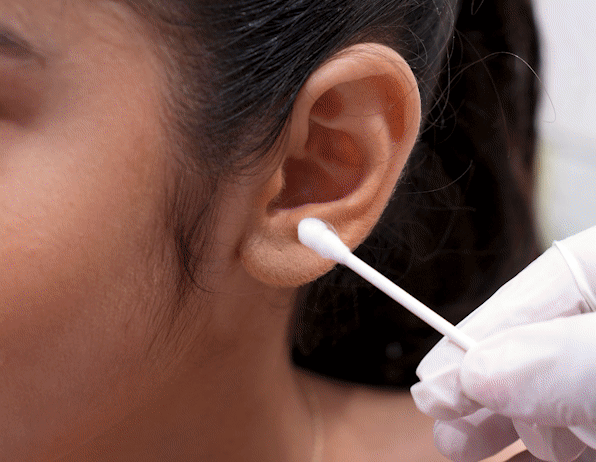
The thought of a needle passing through the skin can be unsettling, and it’s common for people to associate ear piercings with intense pain. However, this is a significant exaggeration.
The level of discomfort experienced during an ear piercing varies from person to person but is generally described as a quick, sharp pinch followed by mild soreness.
The pain is fleeting, and many find it less intense than a regular injection. Professional piercers also use techniques and equipment that minimize pain, ensuring a smoother and more comfortable experience.
Misconception 3: Ear Piercings are Prone to Infections
Another common misconception is that ear piercings are highly susceptible to infections. While it’s true that any breach of the skin can potentially lead to an infection, following proper aftercare significantly reduces this risk. Professional piercers provide detailed aftercare instructions, which, if followed diligently, keep the risk of infection minimal. Regular cleaning with a saline solution and avoiding unnecessary touching or twisting of the piercing can promote healthy healing. It’s also crucial to get pierced with sterilized equipment in a hygienic environment, further reducing any risk of infection.
You might like: Must-buy – Alluring Amethyst Earrings
Misconception 4: Ear Piercings Take a Long Time to Heal
The healing time for ear piercings can vary based on the location of the piercing and the individual’s healing process. However, the notion that ear piercings take an exceptionally long time to heal is misleading. For most earlobe piercings, the healing process can take 4-6 weeks, while cartilage piercings might take longer, anywhere from 4 months to 1 year. This time allows the body to heal and accept the piercing naturally. Following the piercer’s aftercare advice is essential, and resisting the urge to change or remove the jewellery prematurely ensures proper healing.
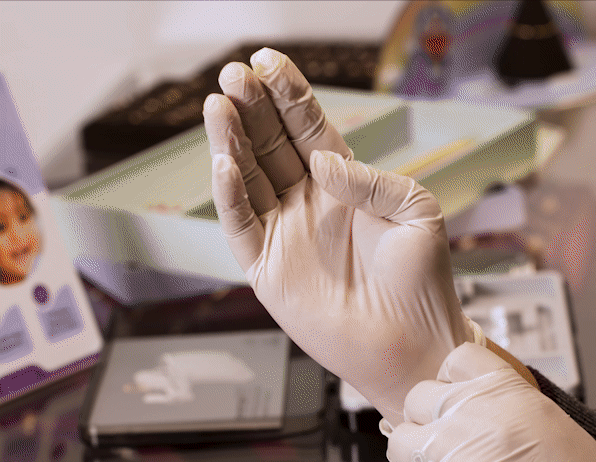
Misconception 5: Ear Piercings Always Leave Permanent Holes
Many people believe that once pierced, the holes in your ears are permanent. While it’s true that piercings are a form of body modification, the body’s ability to heal and adapt means that many piercings can close up if the jewellery is removed and left out for a significant period, especially if the piercing is relatively new.
The permanence of a piercing hole largely depends on how long the piercing has been in place and how your body heals. Some may experience permanent holes, while others might find their piercings close up rapidly.
Misconception 6: You Can’t Get an MRI with Ear Piercings
The misconception that you cannot have an MRI if you have ear piercings stems from concerns about metal and magnetic fields. However, this is generally not an issue. Most piercing jewellery is made from non-magnetic materials, such as titanium, surgical steel, or gold. It’s always recommended to inform your healthcare provider about piercings, and they can advise whether the jewellery needs to be removed. In many cases, it’s unnecessary, but if removal is required, temporary non-metallic jewellery can keep the piercing open.
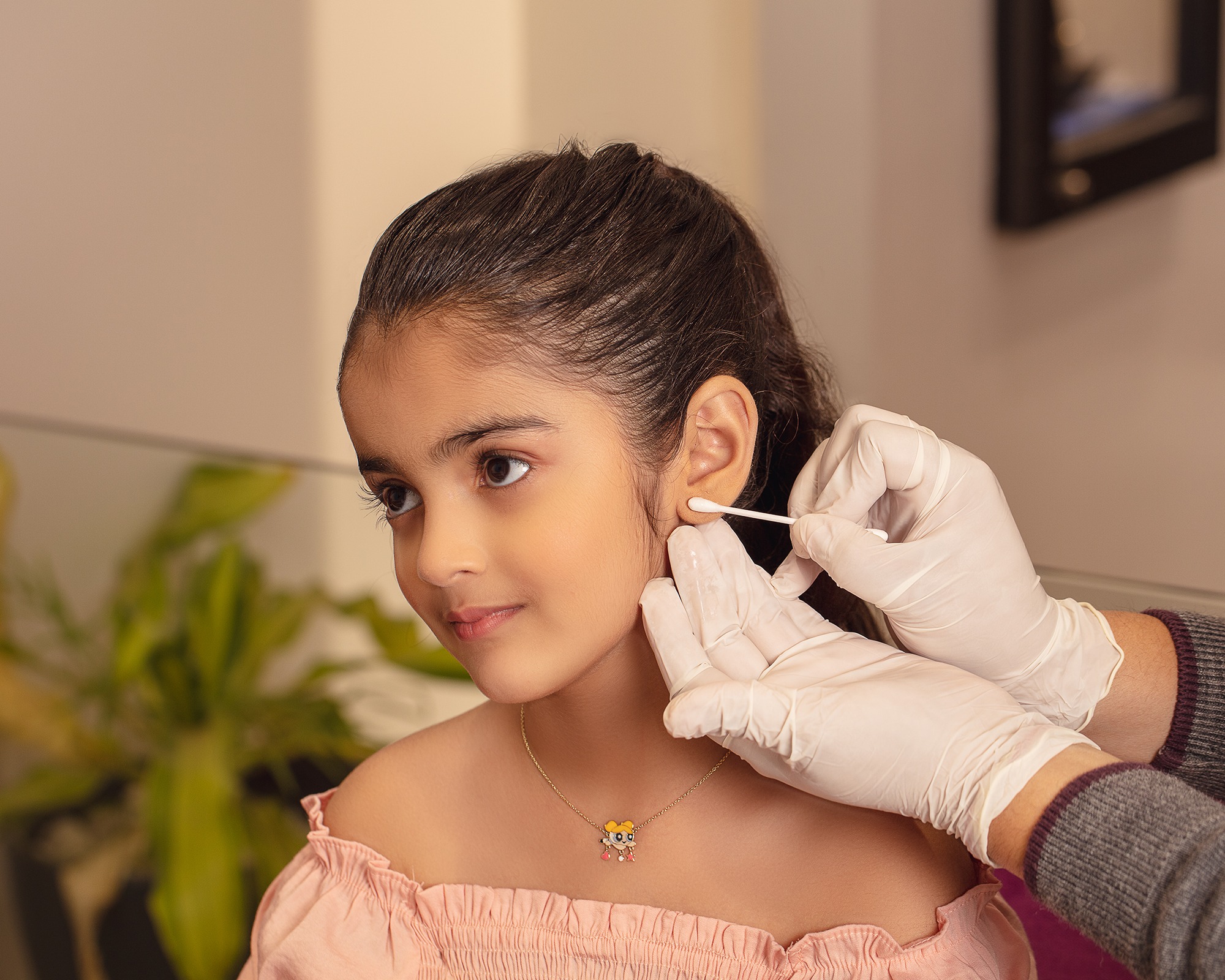
Misconception 7: Ear Piercings are Unprofessional
The notion that ear piercings are unprofessional is a rapidly changing stereotype. The acceptability of piercings varies widely across different cultures, industries, and companies. In creative fields, fashion, and even in many corporate settings, ear piercings are viewed as a form of self-expression and are widely accepted. As society progresses, the definition of professionalism is evolving, becoming more inclusive of personal expression.
Ear piercings are a form of self-expression rich in history and cultural significance. By debunking these common misconceptions, we can appreciate ear piercings for what they truly are: a personal choice that reflects individual style and cultural heritage and goes beyond age, gender, or ethnicity. Whether you choose to get pierced or admire them on others, understanding the facts helps foster an environment of acceptance and appreciation for this age-old tradition.
Suggested Links:







